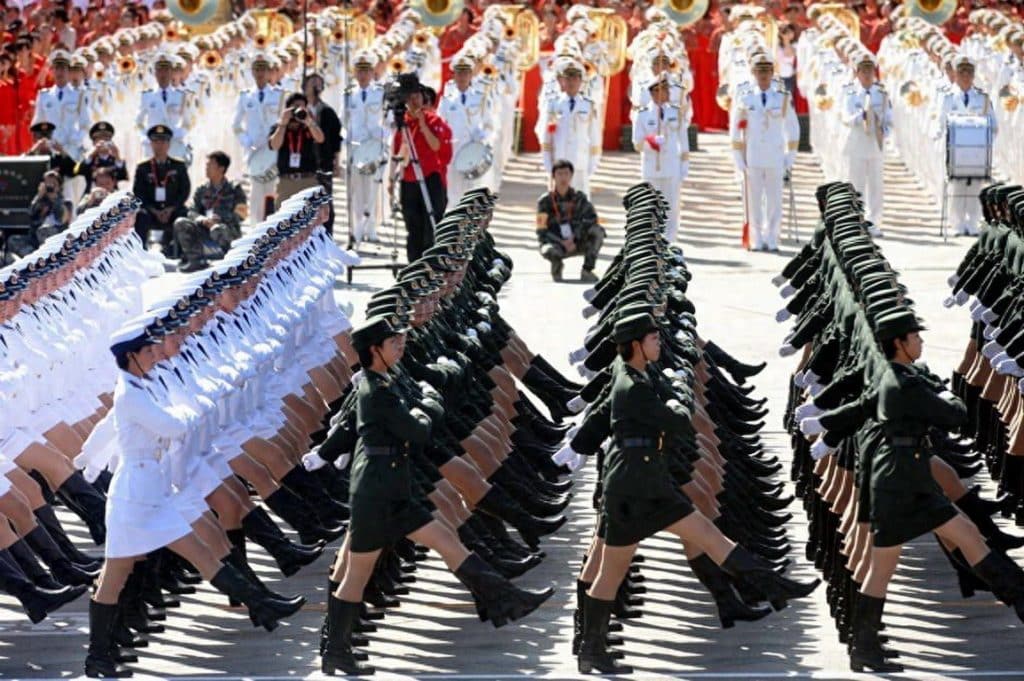US Faces Structural Dependence
The recent escalation in the US-China rare earth tensions underscores a fundamental vulnerability in Washington’s industrial and military supply chains. While the United States ranks second in global rare earth reserves, extracting the minerals is only half the battle—the country lacks domestic refining and separation capacity. Without China’s advanced processing lines, mined ore remains virtually useless.
California’s Mountain Pass mine, once hailed as the nation’s last hope for self-sufficiency, illustrates this challenge. Ore quality is subpar, and the United States cannot process it to high-purity standards needed for advanced applications. Attempts to build domestic refining plants, funded with billions of dollars, aim to produce high-performance magnets by the end of 2025, but even this output pales compared to China’s massive production capacity.
Overseas projects in Australia and Greenland were meant to create alternative supply chains, but without China’s processing know-how, these initiatives have stalled. Environmental regulations, costs, and technological gaps create additional barriers, leaving the US fundamentally dependent.
China Controls the Game
China dominates the global rare earth supply chain: 70% of extraction and 90% of refining patents are under Chinese control. Even efforts to recycle rare earths from old electronics are minuscule in scale. Recently, China’s Ministry of Commerce introduced new export regulations requiring prior approval for any product containing a certain percentage of Chinese rare earths.
The new rules cover the entire supply chain—from mining and refining to technical support and equipment maintenance. Even if the US secures ore elsewhere, bypassing China’s technological and industrial bottlenecks remains virtually impossible.
US Response Shows Unpreparedness
On October 12, US Vice President Mike Pence issued an ultimatum: either China lifts the restrictions, or the US would “use all available measures.” The underlying threats—tariffs and technology restrictions—were familiar, but implementation remains shaky.
US Trade Representative’s recent statements reveal internal confusion: officials first learned of the new rules through the media. Attempts to contact Chinese authorities were met with busy signals, highlighting the US’s lack of preparedness. President Trump’s mixed messaging—angry social media posts followed by market reassurances—further exposed internal disarray.
Data shows US defense industries are heavily reliant on Chinese rare earths, with an average dependency of 77.7%. Production lines for key systems, like the F-35 fighter jet, have previously halted due to supply disruptions. The immediate market reaction—technology stocks tumbling—reflects the real anxiety over this structural dependency.
China’s Strategic Patience
China’s silence on US calls signals a deliberate stance. Unlike past scenarios, Beijing is not responding to pressure with expediency but adhering to procedural rules. This approach buys time to assess the situation and demonstrates strategic discipline, contrasting with the reactive and inconsistent US posture.
The episode goes beyond a simple resource dispute. It exposes the essence of national power: the ability to cultivate a complete, world-leading industrial chain over decades, becoming an indispensable link in the global system. In rare earths, China exemplifies this strategic patience and long-term investment.



